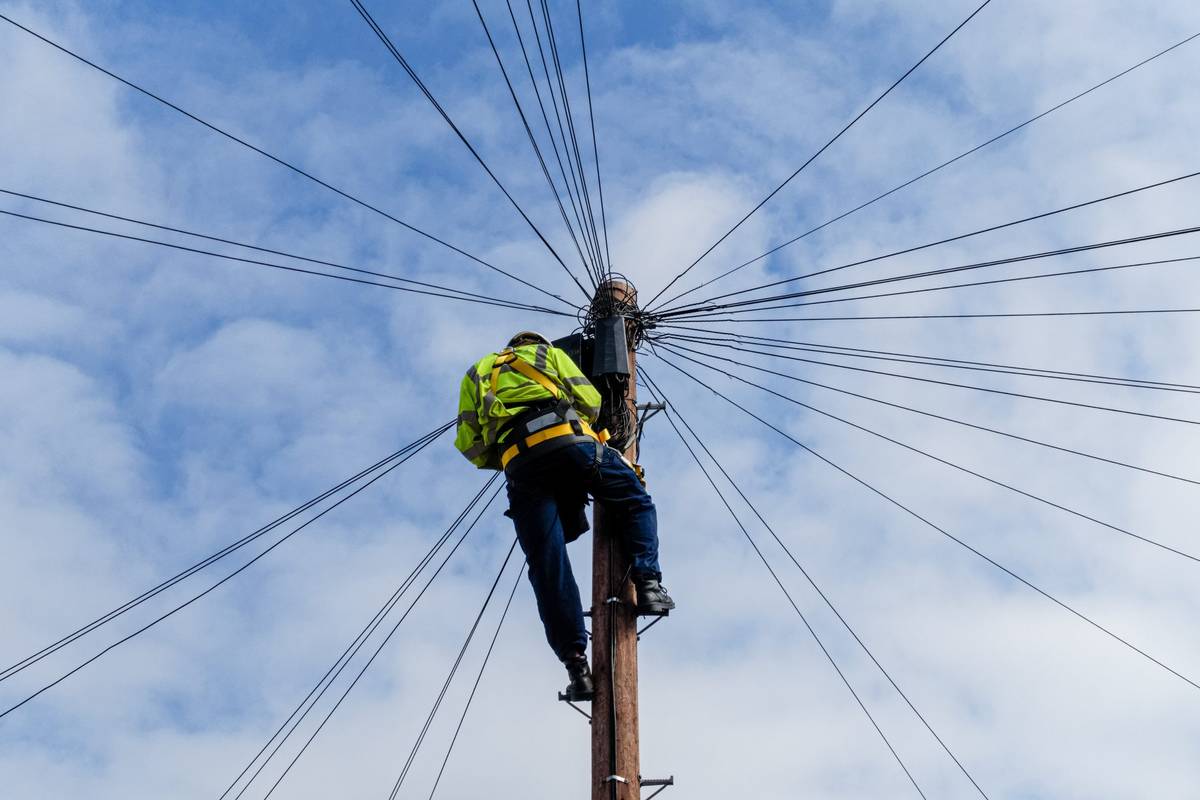Parliament publishes guide explaining UK rules on broadband poles
The House of Commons Library has released a new briefing paper that clearly lays out the rules governing the use of telegraph poles for broadband networks – an issue that’s sparked growing controversy in some UK communities.
Across the country, millions of wooden (and occasionally metal) poles are used to carry broadband and phone cables overhead. They’re a common feature of Britain’s network infrastructure because they’re fast, cheap and less disruptive to install than digging up roads and pavements. In many cases, operators can erect them under Permitted Development rights without applying for planning permission.
However, in areas that have traditionally relied on underground cabling, the arrival of new poles has often led to local opposition. Some residents have voiced concerns about visual impact and a lack of community consultation, prompting calls for tighter oversight.
Last year, the UK government urged broadband operators to “end the deployment of unnecessary telegraph poles” and to prioritise sharing existing infrastructure wherever possible. In response, the industry introduced new Best Practice Guidance for Poles, encouraging providers to work more closely with residents and local councils before installing new structures.
The latest parliamentary paper doesn’t introduce new rules, but it does serve as a concise explainer for MPs – and for anyone wanting to understand how the current system works. It outlines the legal framework, the role of planning permissions, and the recent steps taken to improve transparency and community engagement.
While the government continues to review the impact of the new guidance, many full-fibre rollout projects have already slowed due to tougher market conditions – meaning fewer pole-related disputes are being reported.
You can read the full document on the UK Parliament website.




